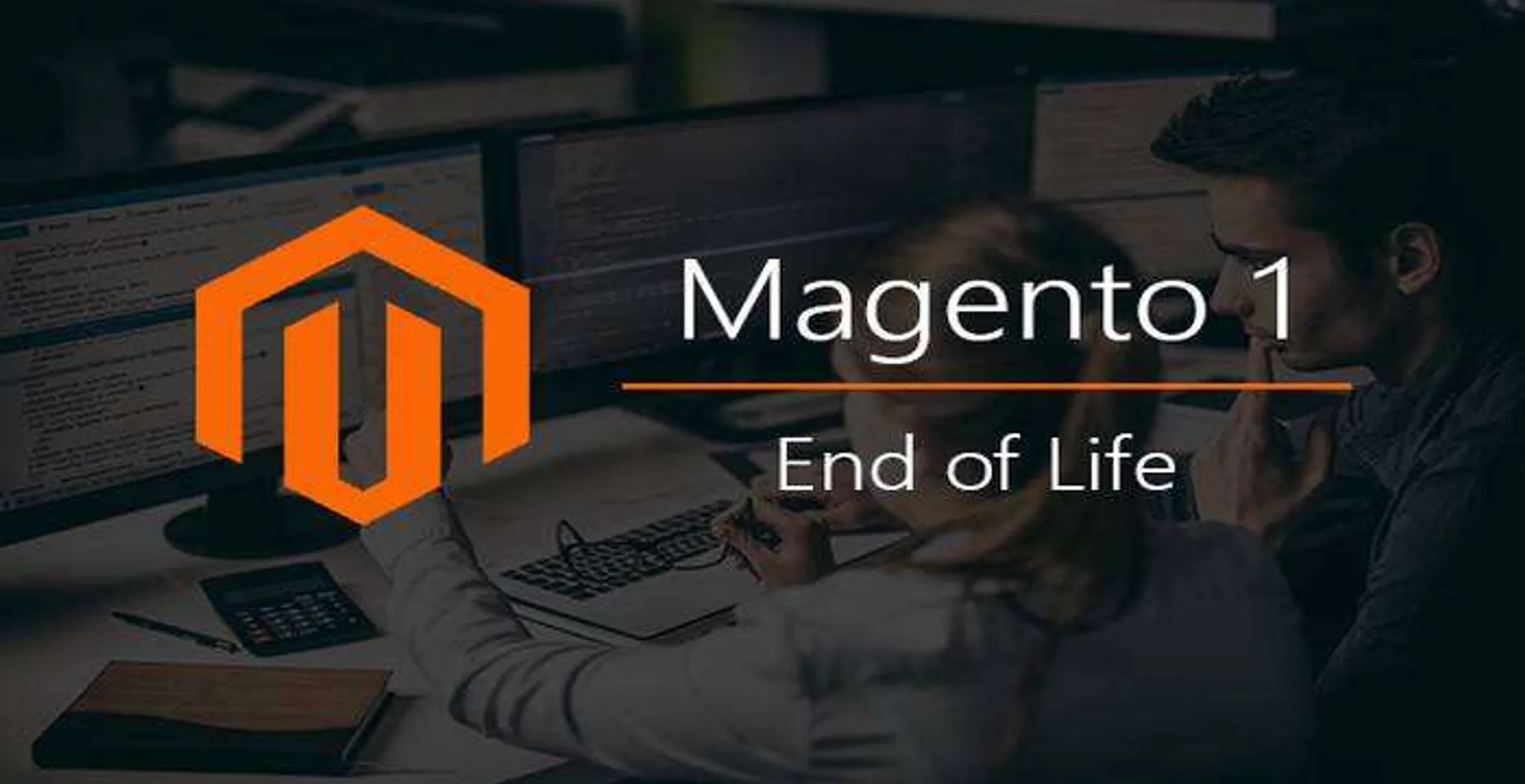If you are an eCommerce business owner, you are most likely aware of Magento End of life. It was in 2015 when the Magento 2 was launched, and soon after, merchants were informed that Magento 1 will soon become obsolete, which was originally planned for November 2018. However, due to various concerns faced by users, Magento finally declared that support would be offered for Magento 1 till June 2020, giving users sufficient time to migrate their eCommerce store.
Now, with the new end of life date fast approaching, what does it mean to merchants? Here is everything you need to know.
The Dangers
As mentioned, there will not be any support for Magento 1 sites from June 2020, which leads to many risky situations. If you have a Magento 1 eCommerce website, some of the main dangers you should be aware of are:
✓ When there is no support for Magento 1, it is a given that it will not update, your website will no longer be compatible to various critical applications, making them non-functional. This will make them deliver inconsistent performance, which in turn can have an adverse effect on your business.
✓ With the security patches not being updated, you are most likely to encounter data breaches.
✓ Since there will be no updates made to your business features, there is every chance for your competitors to overtake you and attract your customers and thereby gain more market share.
Now that you know what to expect, you need to start thinking about your next viable moves. Yes, there is still time, but not much, especially when you consider the various steps involved in migrating your eCommerce website from Magento 1 to Magento 2 or a different platform.
The Migration

Whether you choose to move your Magento 1 website to Magento 2 or to another platform, following are some important steps to be followed:
Assessment
This would be the right time to completely assess your existing website to find out what’s working, what’s on trend, and what needs to be changed. With the information that you get from this assessment, you will have clear knowledge of what you expect from your new platform, and choose one that covers all your requirements, either to make a complete site redesign or make a few changes or upgrades here and there.
Choosing a Platform
Once you are done with assessing your existing website on Magento, it is time to start the search for your new platform. While there is a myriad of options you can choose from, with many platforms that work as good as Magento, if not better, it is important for you to make sure that the one you choose is capable of getting your website up and running in no time. This is because, as you already know, you are on a short leash in terms of the time you have left, which means you should find an alternative that offers all vital functionalities you need and can also be a long-term fit for your eCommerce business.
Once you are ready with a list of the platforms you think will suit your requirements, you could send them a Request for Proposal (RFP) with clear mentions of the features, functions, extensions, and other aspects you are looking for.
Migration
In most cases, the new platform you choose will have all the necessary resources to help you with the actual migration process. Even if not, you can find a lot of third-party agencies that offers these services, and complete it successfully within the given time frame. Regardless, some of the elements you need to think about during migration are:
Extensions: Fortunately, over 80% of the most widely used extensions on Magento 1 are updated, which makes them compatible for use on the platform’s updated version. If you are choosing an alternative platform, see if they have the same extensions you are using, or you need to look for alternatives that can help you with the functions you are already using.
Data: This will be one extremely time-consuming step in the whole migration process, because you need to make sure that you move all your data to your new platform, Magento 2 or otherwise, without losing anything along the way. Using expert help here is strongly advised.
With the D date approaching, it is time for you to pick up the pace and choose the right path for your eCommerce website.




